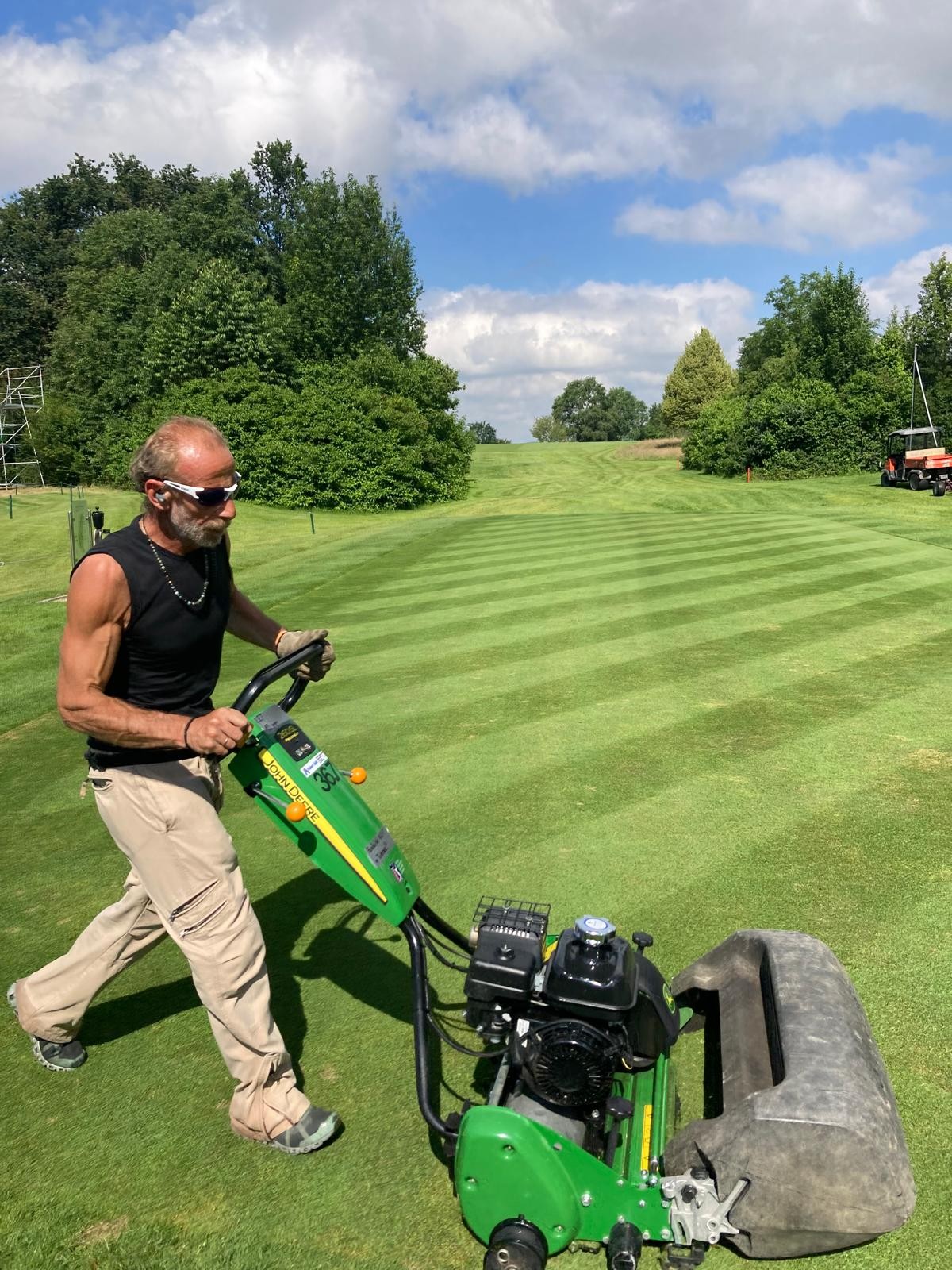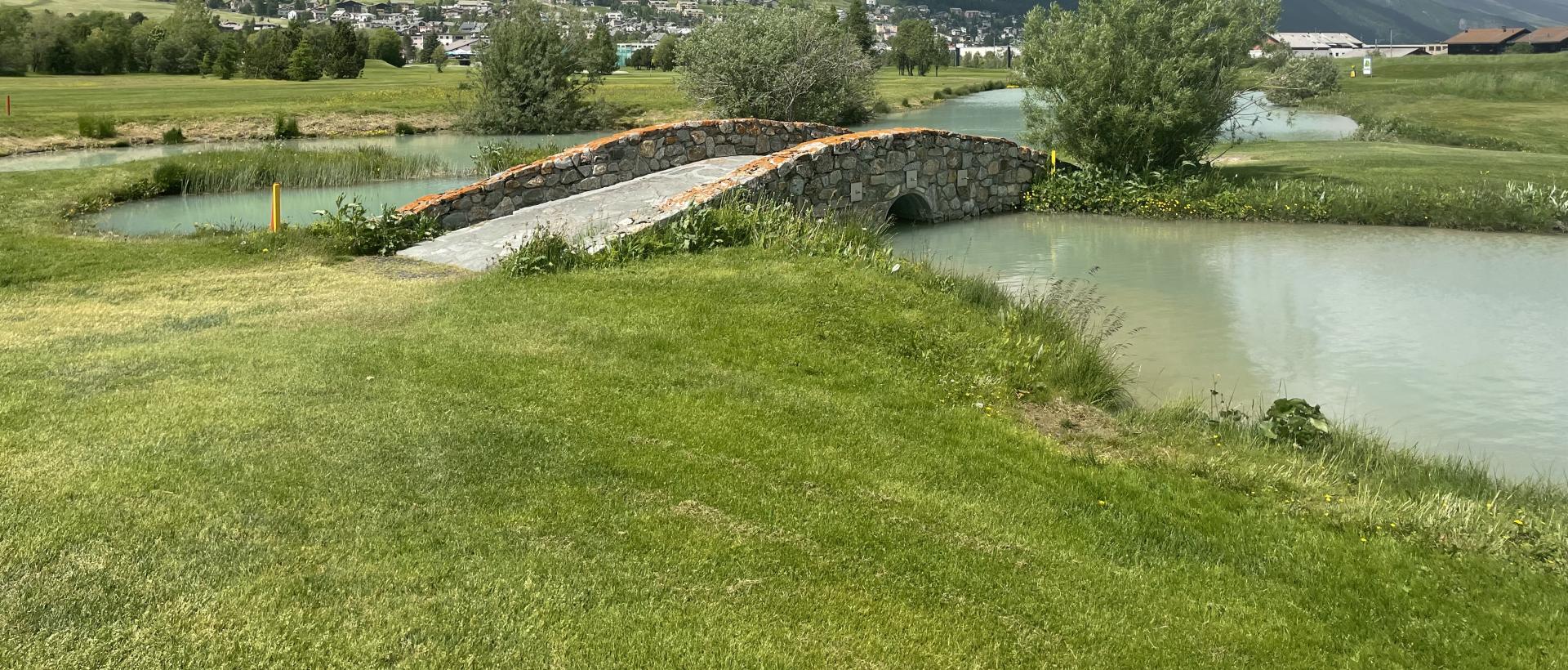
It is not without reason that the Engadine Golf Club is affectionately known as the St. Andrews of Switzerland. It was British aristocrats, businesspeople, and summer visitors who brought golf to our valley and shaped Switzerland's oldest golf club as presidents, sponsors, and members for decades. The Samedan course is a typical links course and the club language was English – a remnant of this is probably the English name of our club.
Most people know that the stone bridge on the 12th hole of the Samedan golf course is an imitation of the famous Swilcan Bridge on the Old Course at St. Andrews. What many people don't know, however, is that a three-time Open champion taught as a pro at the Engadine Golf Club.
Henri Cotton and his car tire training
-
Henri Cotton won the world's oldest major tournament in 1934, 1937, and 1948. His philosophy: “A golfer is only as good as his hands.” And to strengthen his hands, he relied on a rather unusual method: he repeatedly hit car tires with his golf club. So if you see car tires lying around on the Engadin driving ranges in future, they are most likely a tribute to the famous British pro from the Engadine Golf Club.












